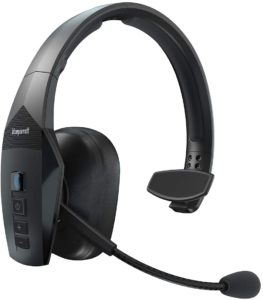The recent Amazon Prime Day had some interesting geeky offerings. One of them was the Philips Hue Light Starter Kit that comes with a Hue Light Bridge and three white and color Hue Light bulbs. The regular list price for the kit is around $199, and it was on offer for about $120.
After having used the Nest camera, Amazon Echo and the Wemo accessories, I have been thinking of giving the Hue lights a try. This looked like a decent price to give the Hue lights a try and so ordered it.
The package arrived promptly on the 2nd day, and it was time try to it out. Where should I put these bulbs? The options were many: I could replace the dimmable recessed lights in the family room, but that would need five Hue lights, and the kit had three; another option was to replace the three dimmable LEDs in the living room pendant fixture; or I could buy a 3-bulb floor lamp that was portable, or just three separate mini floor lamps.
I decided to experiment first with the living room 3-bulb pendant fixture. I replaced the three LEDs with the Hue lights. When I turned the switch on, the three lights came on in their “default” whitish color.
The next step was to set up the Hue Bridge. This needs a LAN connection to a router and a 110 Volt supply. I plugged it in the family room and connected the ethernet cable to the router nearby. Installing the Hue app on my iPhone and configuring the Bridge was simple enough.
I then created a “living room” with three lights. That was really it.
I can now control the “living room” lights either as a set, or individually. They can be turned on or off, and either collectively or individually, their color can be set. The app also comes with many pre-configured light settings that should cover most situations. There are some bright settings, some “relaxing” ones, some colorful ones, and some exotic ones. On top of that, you can create your own settings like “all-blue”, or “all-red”, etc., if you like.
To be able to control the lights when you are outside your home, you need to create a Hue account and link your bridge to it, and enable control from outside. That would allow you to control you lights when you are away.
Overall, this has been a fairly fun experience. I am still trying to figure out what would be the best way to use these three bulbs on a long-term basis. Do I leave them in the living room fixture, or find a way to use them in the family room for better utilization? Would making them portable with a floor lamp, or a set of floor lamps make them more useful — so that I can move the lights to where I need them when I need them? Or is it better to just invest in more bulbs and set them up in multiple rooms?
There are many tradeoffs to consider. At around $30 a bulb, these aren’t really cheap. So setting them up in multiple rooms can turn out to be an expensive project. That makes the floor lamp option attractive — keep the lamp where you need it most on a daily basis, and move them to another location if needed when you are having a party.
Another important consideration is what the Hue light system does to your home Wifi. The Hue system uses Zigbee for communication between the bridge and the lights. The Zigbee channels overlap a bit with the Wifi 2.4GHz channels, and can potentially cause issues with your home WiFi network. So having a lot of Hue lights in the house can result in a WiFi noise which can make your home LAN unstable.
I have a Ring Pro doorbell that has been functioning well for a few weeks. After I set up the Hue system, I am noticing some instability in the Ring doorbell connectivity. At this point, I am not sure if the Hue lights are causing interference, or if this is due to something completely unrelated.
As we keep adding more smart-home devices to the household, I suspect we will need to keep finding answers to questions like this.




























Be First to Comment